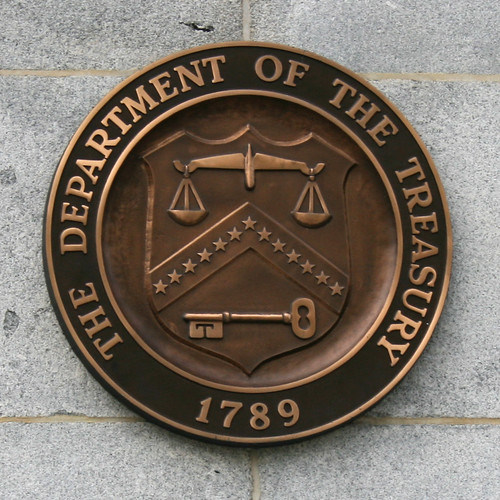Brookings scholar articulates the connections between housing and transportation and the need for integrated planning
(Source: Brookings Institute)
Brookings Senior Fellow Robert Puentes tells a House Appropriations panel this week that “how and where we build in the future carries far-reaching implications for the health of our environment, our energy security, and our economic recovery and will continue to impact our metropolitan areas’ success and our ability to compete globally.”![]()
Unfortunately, the U.S. track record here is not good. Puentes’ research shows that between 1980 and 2000, the growth of the largest 99 metro areas in the continental U.S. consumed 16 million acres of rural land, or about one acre for every new household.5Indicative of this outward sprawl is the fact that more than 70 percent of the 100 largest metros’ recent population growth over the same period of time occurred outside of principal cities—the largest and most established cities within each metro in terms of population and employment.
Click here to read or download Mr. Puentes’ testimony to the House Appropriations panel. Shown below is the read-only version of the PDF document.











